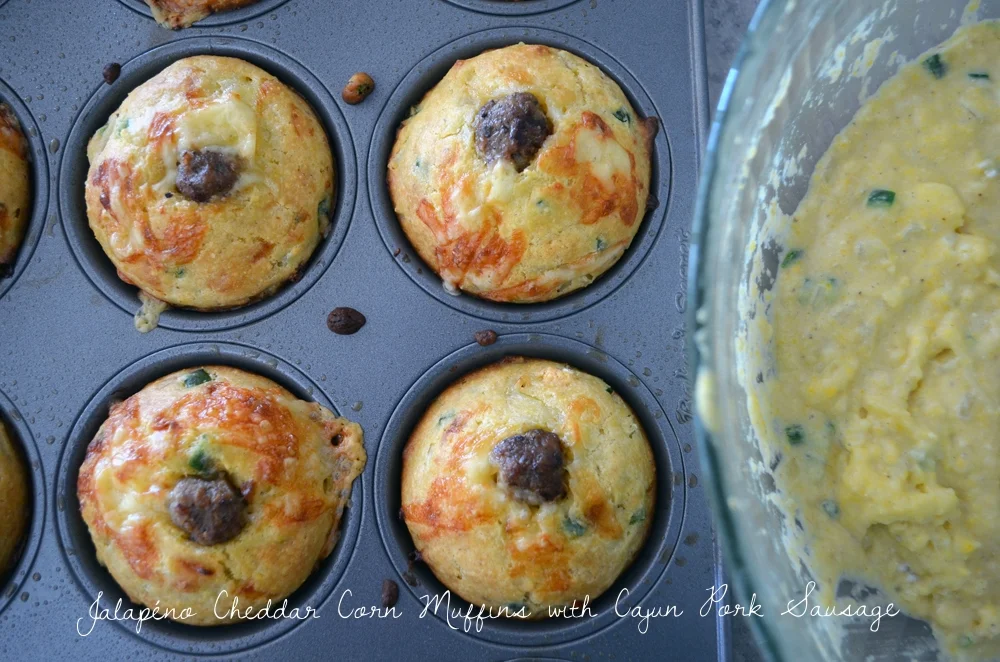Rooting for Rutabaga
/Have you ever noticed that the root crop rutabaga usually ends up off to the side at the farmer's market? I guess most people find the appearance of these giant Brassicas intimidating, and quite frankly ugly. But, what’s inside should count, right?
Let’s get to the root of the matter.
Rutabaga is part of the cabbage family, a cool weather crop that has phenomenal storing power: about 4 – 6 months and is often times confused with a turnip. Rutabagas are also known as swedes (from “Swedish turnip”) or as yellow turnips known as (neeps in Scotland). Technically, rutabaga is a direct cross between cabbage and turnips. When eaten raw it has a slightly sweet mild taste, less bitter than the turnip. When rutabaga is cooked it has a golden appearance that tastes earthy sweet, creamy and buttery. Rutabaga is great mashed, roasted with other root vegetables for a breakfast hash, shaped into spears for fries, pickled for sandwich toppings and layered into a gratin. Another bonus: the rutabaga is easy to peel because it has a smooth surface. Tasty and easy.
I’m rooting for rutabaga to push its way to the surface of the — I want to eat you list. Even well seasoned cooks shun the thought of a rutabaga in their CSA box. But worse yet, are the stories of rutabaga being turned away by food banks and soup kitchens because no one knows how to cook with it.
That's a shame.
According to Feeding America, 1 in 7 Americans struggle to get enough to eat; 283,700 people on Long Island receive emergency food each year – that’s 64,900 people every week, according to Long Island Cares, an organization whose mission is to bring together all available resources for the benefit of the hungry on Long Island, and to provide to the best of their ability for the humanitarian needs of the community.
They provide food when and where it’s needed, sponsor programs that promote self-sufficiency and educate the public about food insecurity, the root causes of poverty, nutrition, and the ongoing fight to end hunger on Long Island. “We partner with just under 600 food pantries and food banks in Nassau and Suffolk Counties,” says Peter Braglia, the Chief Operations Officer for Long Island Cares.
My wish is for the less lovable vegetables to have a fighting chance to join the ranks of: squash, potatoes, onions and apples to help feed the hungry. Long Island Cares is a perfect organization for farmers to partner with to help fight hunger on Long Island. Hopefully, the rutabaga will have a chance.
3 RUTABAGA RECIPES
Mashed Rutabaga
Ingredients
4 pounds of rutabaga, peeled and cut into chunks
1 teaspoon of sea salt
4 tablespoons of butter
Pinch of nutmeg (freshly grated). You can omit if you don’t have or substitute with cinnamon.
Freshly ground pepper
Splash of heavy cream or milk
½ teaspoon of fresh sage and thyme
Directions
In a large pot, cover the rutabaga with 2 inches of water that is salted with the sea salt. Bring to a simmer. Once the rutabaga is fork tender (approximately 30 minutes, maybe less), drain and return them to the pot.
Over medium heat dry the rutabagas. Mash with a potato masher, then add in the butter and cream/milk. Mash until coarse and a puree forms. Add a pinch of the nutmeg, herbs and fold together. Season with salt and pepper to taste.
Rutabaga Fries
Ingredients
1 rutabaga peeled and sliced into spears
1 teaspoon of olive oil
1 large sprig of rosemary, chopped
Generous amount of sea salt
Directions
Coat the rutabaga spears with the olive oil, rosemary and sea salt. Toss until evenly coated. Lay rutabaga spears onto a baking sheet, leaving space between for even crisping. Bake at 400° until rutabaga fries are cooked through and crisped on the outside, about 30 minutes.
Quick Pickled Rutabaga
Directions
Peel the rutabaga skin and discard. Then peel the rutabaga and the carrots into strips. (size does not really matter)
Place the rutabaga and carrots in a 1-quart mason jar. Then add the garlic, mustard and cumin seeds, and red pepper flakes. Leave at least 1/2 inch of room at the top of the jar.
Place the vinegar, sugar, water, and salt in a small saucepan, whisk to dissolve the sugar and salt, and bring to a simmer.
Once the sugar and salt dissolve, pour the brine over the rutabaga and carrots. Cover them completely but leave 1/4 inch of room at the top of the jar. Let cool to room temperature, about 1 hour.
Cover the jar with the mason lid and give the jar a shake to evenly distribute the brine. Place in the refrigerator for at least 2 days, better yet, 1 week before using. Can be kept in the refrigerator for up to 2 months.
Ingredients
1 pound of rutabaga, peeled
1 medium carrot, peeled
1 cup of rice vinegar
1 cup of water
1 cup granulated sugar
2 tablespoons of sea salt
1 tablespoon of mustard seeds
1 teaspoon of cumin seeds
1 garlic sliced
pinch of red pepper flakes


































